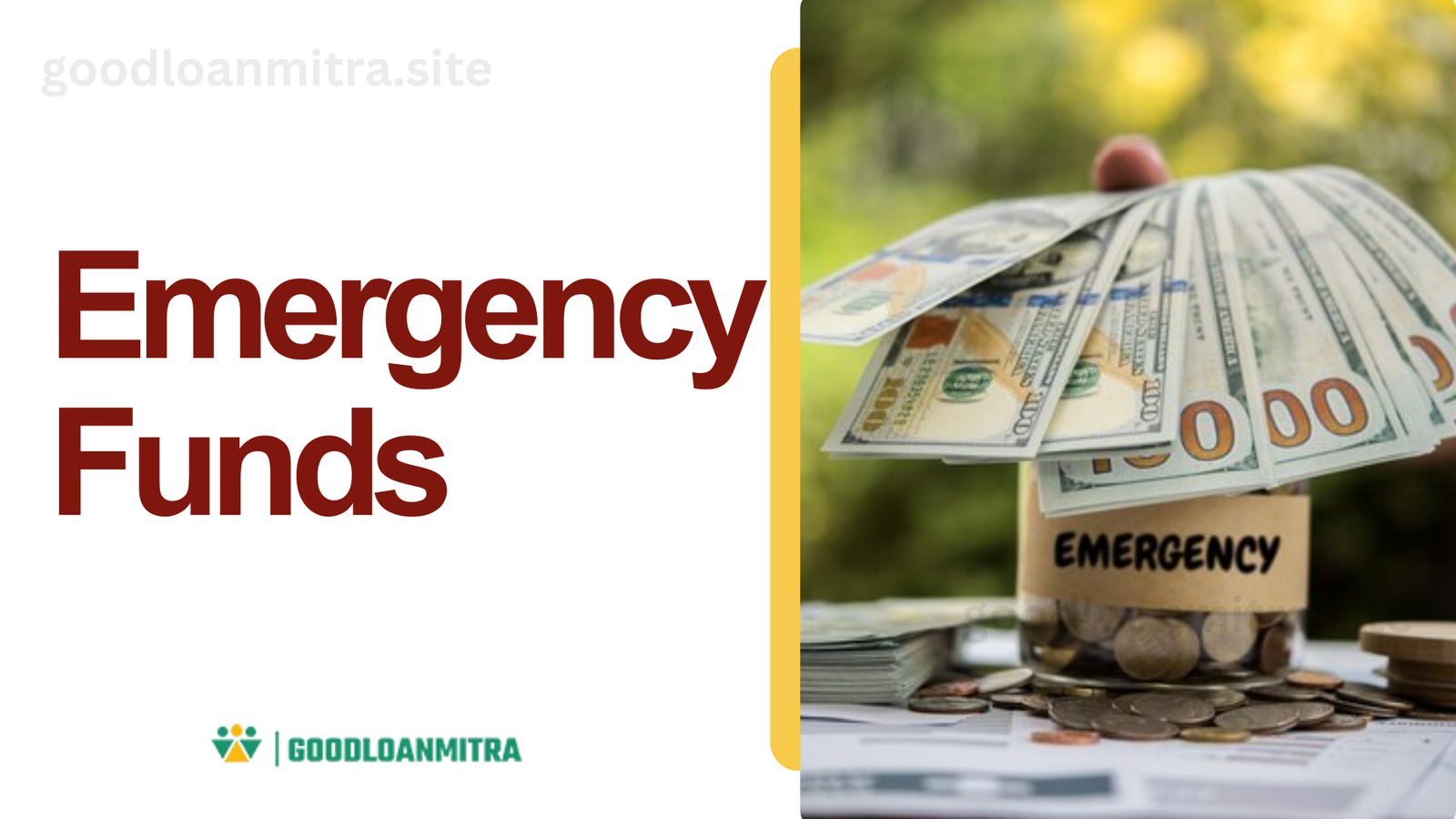In today’s unpredictable world, financial security is more crucial than ever. One of the most effective ways to safeguard your financial stability is by building an emergency Funds. This financial safety net provides peace of mind and protects you from unexpected expenses that can derail your financial plans. In this article, we will explore why having an emergency fund is essential and how you can start building one today.
Why You Need an Emergency Fund

An emergency fund acts as a financial cushion, helping you navigate through life’s unexpected challenges without resorting to debt. Here are some compelling reasons why you should prioritize creating one:
- Financial Security: An emergency fund offers financial security during challenging times, allowing you to cover unforeseen expenses without borrowing money at high interest rates.
- Avoiding Debt: By having a readily available pool of money, you can avoid the financial strain of loans or credit card debt, ensuring your financial stability remains intact.
- Peace of Mind: Knowing that you have a safety net can significantly reduce stress and anxiety related to financial uncertainties.
How to Build an Emergency Fund
Building an emergency fund requires careful planning and discipline. Here are the steps to help you get started:
Step 1: Determine How Much You Need
The amount you need in your emergency fund depends on several factors, including your lifestyle, financial obligations, and insurance coverage. Generally, it is recommended to save enough to cover three to six months of your essential expenses. For instance, if your monthly expenses are $5,000, aim to save between $15,000 and $30,000.
Step 2: Choose the Right Investment Option

Your emergency fund should be easily accessible and safe from market fluctuations. Consider keeping it in a savings account or other liquid investments that offer stability and quick access to your money.
Step 3: Set a Savings Plan
Establish a regular savings routine by setting aside a fixed amount each month. Automate your savings by transferring funds directly into your emergency fund account as soon as you receive your salary.
Step 4: Monitor and Adjust
Regularly review your emergency fund to ensure it remains adequate for your changing financial needs. Adjust your savings amount as necessary to maintain the desired level of coverage.
Where to Keep Your Emergency Fund
When deciding where to keep your emergency fund, consider the following options:
- Savings Accounts: These are ideal for short-term emergency funds due to their liquidity and safety.
- Cash Investments: These can offer slightly higher returns than traditional savings accounts while maintaining accessibility.
Benefits of Having an Emergency Fund

Having an emergency fund provides numerous benefits:
- Reduces Financial Stress: Knowing you have a financial safety net can significantly reduce anxiety related to unexpected expenses.
- Prevents Debt Accumulation: It helps avoid high-interest loans or credit card debt during emergencies.
- Enhances Financial Flexibility: An emergency fund gives you the freedom to make financial decisions without being constrained by immediate financial needs.
Also Read : The Role Of AI In The Future Of Finance
Conclusion
Building an emergency fund is a crucial step towards achieving financial stability and peace of mind. By following the steps outlined above, you can create a robust financial safety net that protects you from life’s unexpected challenges. Remember, having an emergency fund is not just about saving money; it’s about securing your financial future.
FAQs
Why is an emergency fund important?
An emergency fund provides financial security during unexpected events, helping you avoid debt and financial stress.
How much should I save in my emergency fund?
Aim to save enough to cover three to six months of your essential expenses.
Where should I keep my emergency fund?
Consider keeping it in a savings account or other liquid investments for easy access.
Can I use my emergency fund for non-emergency expenses?
It’s best to use your emergency fund only for unexpected expenses to maintain its purpose as a financial safety net.
How often should I review my emergency fund?
Regularly review your emergency fund to ensure it remains adequate for your changing financial needs.





